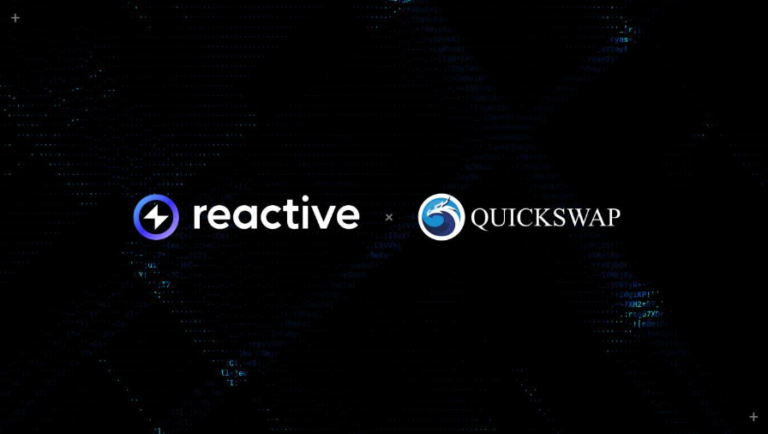
Research from OC&C Strategy consultants suggests ERP and Payroll players could expect an EBITDA uplift of 20-30%, on a 2-3-year timescale, with the integration of embedded finance products.
Strategy consultants at OC&C have shared a report unveiling a significant opportunity for Embedded Finance for scale SaaS ERP (Enterprise Resource Planning) and payroll providers.
Embedded Finance refers to the integration of financial products into non-financial customer journeys.
The value chain for embedded finance typically consists of three steps: end customers (such as SMEs), non-financial software platforms (such as an ERP provider) and financial services enablers.
As part of the report, OC&C notes a shift in the embedded finance landscape with financial services enablers moving towards full banking licenses (e.g. Swan.io in France) and banks launching Banking as a Service platforms (e.g. NatWest Boxed) for third party brands and fintech providers.
What does this mean for SaaS providers?
The process of offering embedded finance products is becoming increasingly straightforward and does not depend on building in-house fintech capabilities. Next-generation financial services enablers (e.g. Weavr, Swan.io) streamline the delivery of financial products, reducing the regulatory and compliance burden for SaaS providers. In addition, SaaS providers remain in control of all aspects of the customer journey and experience.
OC&C believes the benefits for ERP and payroll providers adopting embedded finance extend beyond improvements to the bottom line, including:
What are the embedded finance products gaining the most traction?
Financial products can be integrated into various ERP workflows, including payment automation, company cards for expense tracking, and access to business loans. For payroll providers, additional opportunities include earned wage access, payments for temporary and hourly workers, and employee perks management.
For instance, Toast – a US provider of PoS software and systems for restaurants – generated c.80% of FY22 revenue and gross profit through finance technology solutions, including payments processing and business loans. Other examples in vertical software include Procore, Mindbody and Jobber.
What are the costs to play for SaaS provider?
The costs to a SaaS provider to offer embedded financial products mainly revolve around three factors:
- Recurring fee paid to financial services enabler– typically in the £1000-3000 range/year.
- Technical integration – upfront development costs during the launch phase to ‘embed’ the financial products in the user experience (but limited ongoing development after).
- Customer service/training – to provide first-line support to end customers who purchase financial products (e.g. if a card payment is declined).
The research suggests that ‘cost to play’ is c.30% of incremental revenue generated through embedded finance products. These costs are mostly fixed or semi-fixed, with likely benefits from scale as the customer attachment rate increases.
How is the EBITDA uplift estimated?
The most significant finding from the report is the suggestion of a potential 20-30% EBITDA uplift for embedded finance propositions deployed at scale for an illustrative B2B SaaS company with £100m revenue and 30-40% EBITDA margin.
This is taking average annual spend values for UK SMEs on Company Cards, Business Loans, and International Transfers, with conservative assumptions on revenue share, attachment rate, and cost to operate. The estimate could be considered conservative, since it does not account for incremental benefits such as increased customer retention from providing more mission-critical services.
How can SaaS providers capitalise on the embedded finance opportunity?
SaaS providers can unlock the embedded finance opportunity via different approaches, including partnerships with next-generation financial services enablers. Strategic partnerships can facilitate rapid implementation: overriding the need to build ‘pipes’ into financial institutions, reducing the regulatory burden and eliminating any balance sheet risk.
“The findings from the report highlight the benefits that ERP and payroll providers can gain from successful deployment of embedded finance propositions. We believe now is the time to act, with all the right building blocks and many potential approaches available. At OC&C we are on hand to help senior leaders navigate the key strategic questions surrounding value creation opportunities in B2B SaaS, including around embedded finance. Having worked with many of the leading players in Europe, we are passionate about the rapidly evolving world of B2B SaaS and the lucrative opportunities it can unlock,” concludes Andrea Delconti, Associate Partner.






















